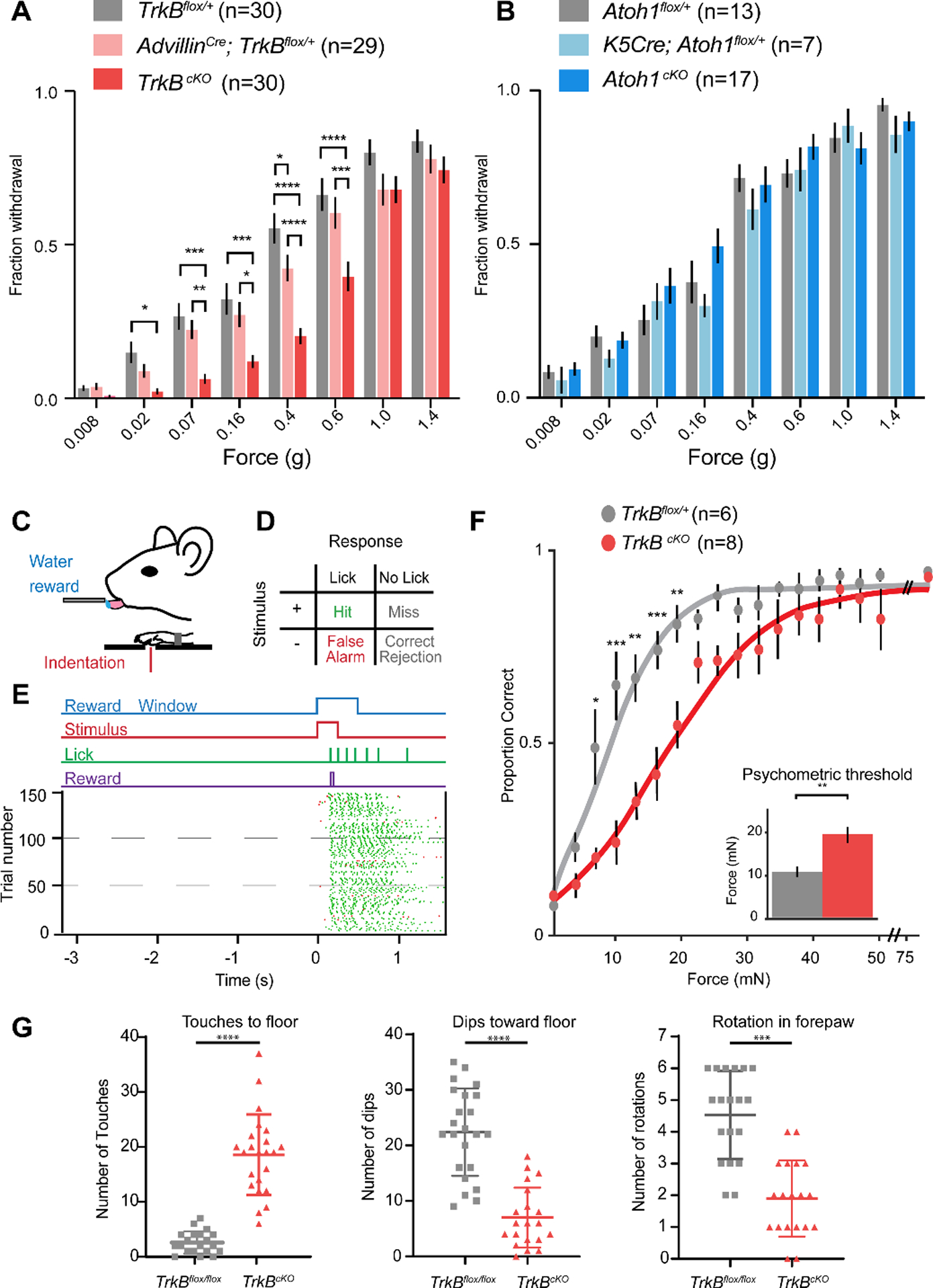Fig. 2. Meissner corpuscles are necessary for light touch perception and fine sensorimotor control.

A. Fraction (mean ± s.e.m.) of paw withdrawals to von Frey filament applications for TrkBcKO and control mice. RM two-way ANOVA, effect of genotype (F (2,86) = 9.823, p = 0.0001) with post-hoc Tukey’s; p-values represent comparisons between genotypes for each filament: * p < .05, ** p < .01, *** p < .001, **** p < .0001 B. Same as A for Atoh1cKO and control mice. RM two-way ANOVA, no effect of genotype: F (2,34) = 0.8258, p = 0.4465 C. Operant conditioning task design. D. Matrix of possible behavioral outcomes from one trial. E. Operant conditioning task. (Top) Stimulus paradigm, where animals must withhold for at least 3 seconds before initiation of a new trial. On trials with a stimulus (shown), animal receive rewards only on hit trials. (Bottom) Raster plot of licks. Hit trials shown with green ticks, False alarm trials shown with red ticks. F. Psychometric functions for the operant conditioning task for TrkBcKO and control mice. Error bars represent s.e.m. (Inset shows thresholds; unpaired t-test: t = 2.69, p = 0.002). Two-way ANOVA, effect of genotype (F (1,12) = 8.261, p = 0.0140) with post-hoc Sidak’s multiple comparison; p-values represent comparisons between genotypes for each force range: * p < 0.05, ** p < 0.01, *** p < 0.001, **** p < 0.0001. G. Left, the number of sunflower seed touch-taps when the seed is braced against the floor between forepaws during seed peeling. Middle, the number of times the mouse held the seed in an elevated position and used its incisors to bite into the seed while applying downward force (dips) to expose seed kernel. Right, the number of seed rotations as mice adjusted their grasp. Unpaired student’s test, *** p < 0.001 **** p < 0.0001.
